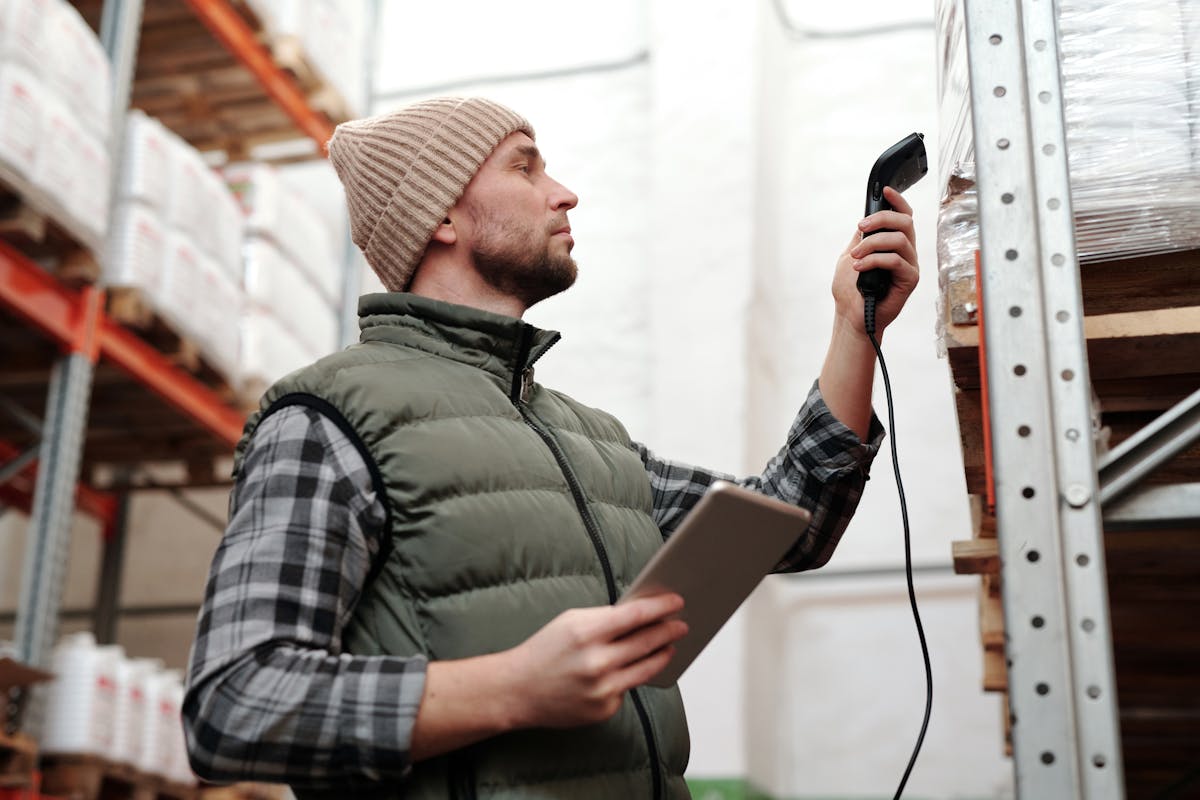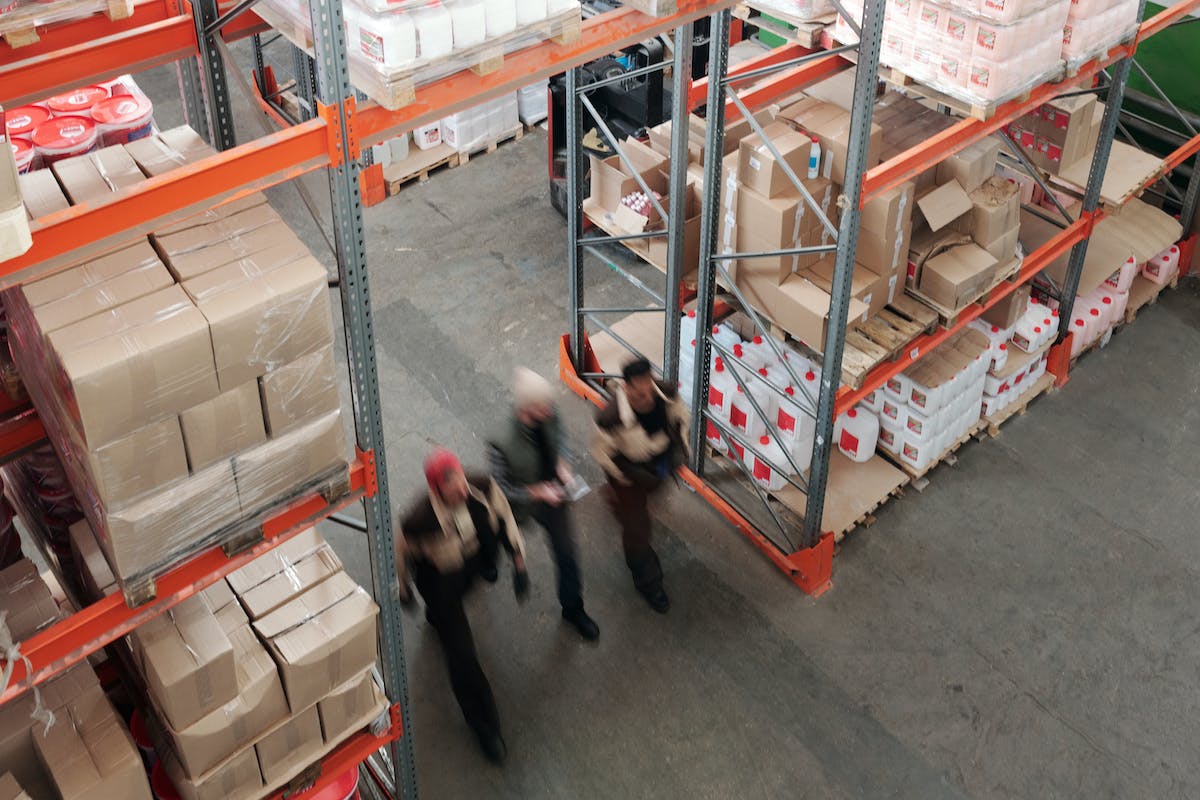- Invest in automated technology and equipment to streamline returns and improve inventory management.
- Enhance communication with customers through clear return policies and responsive support channels.
- Regularly train retail staff in return procedures and customer service for better service delivery.
- Partner with specialized logistics providers for efficient handling and value-added reverse logistics services.
- Monitor key performance metrics using real-time dashboards to continually refine the reverse logistics process.
In recent years, Singapore has become a hub for retail businesses. However, with the rise of e-commerce and online shopping, the retail industry faces new challenges in reverse logistics operations. Managing returns, exchanges, and repairs can be complex and overwhelming for businesses. This blog post discusses some strategies retail businesses in Singapore can adopt to improve their reverse logistics operations.
Invest in Technology
Investing in technology can help retailers streamline their reverse logistics operations. For instance, implementing an automated returns management system can reduce manual errors and speed up the processing time for returns. Retailers can also use customer relationship management (CRM) systems to track customer interactions and identify areas for improvement.

Inventory Management
Technology facilitates better inventory management, enabling retailers to track returned goods in real time. By integrating advanced analytics, businesses can gain insights into return patterns and consumer behavior, leading to more informed decision-making. Retailers that harness data-driven strategies can improve stock efficiency and reduce wasted resources. RFID tags, for instance, can help track products through the entire supply chain, providing transparency and facilitating faster restocking or redirection of goods.
Buy the Necessary Equipment
Investing in necessary equipment such as sorting machines, automated packing systems, and material handling equipment can improve reverse logistics operations. With these tools, businesses can handle larger volumes of returned goods efficiently and with reduced costs. You should also look for reliable forklifts in Singapore. These forklifts can increase productivity in the warehouse and make it easier to move returned goods. Additionally, forklifts can help streamline inventory management by enabling businesses to store and retrieve products quickly. So, adding the equipment can help increase efficiency in reverse logistics operations.
Improve Communication Channels
Effective communication is essential for improving reverse logistics operations. Retailers must provide clear instructions on how customers can return or exchange products. They should also establish channels through which customers can reach out to them in case of any issues. This could be through email, phone, or social media platforms like Facebook or Twitter.
FAQ Sections
Retailers can further enhance their communication by offering a comprehensive FAQ section on their website, addressing common concerns related to returns and exchanges. It’s crucial to keep this information current to minimize customer confusion.
Responsive Live Chat
Additionally, a responsive live chat service can provide immediate assistance, ensuring customer inquiries are handled quickly and efficiently. Training customer service teams to understand the intricacies of reverse logistics is also essential, enabling them to provide accurate information and guidance to customers, thereby improving overall satisfaction and trust.

Train Staff
Retail staff should be trained on how to handle returns and exchanges efficiently. This includes understanding the company’s policies on returns and exchanges, how to process refunds or replacements, and how to handle customer complaints effectively.
Training Program
Training programs for staff should focus on procedural competence and emphasize the importance of a customer-centric approach. Conflict resolution and communication skills can significantly enhance the customer experience during returns.
Hands-on Workshop
Furthermore, hands-on workshops that simulate common return scenarios help staff prepare for real-world transactions. The team needs to be well-versed in using technology and equipment that facilitates reverse logistics operations, ensuring that the returns are processed accurately and swiftly. Regular training sessions can also serve as opportunities to update the team on any changes in return policies or new operational strategies, keeping the entire process efficient and up to standard.
Partner with Logistics Providers
Partnering with logistics providers specializing in reverse logistics operations can significantly help retailers improve their processes. These providers have the experience and expertise to manage returns efficiently, reducing the burden on retailers’ internal teams.
Value-Added Services
Logistics providers can also offer value-added services such as refurbishment and recycling, which can be a part of a sustainable reverse logistics strategy. By taking on these tasks, they help retailers focus on their core activities, improving the overall customer experience while maintaining an environmentally responsible approach. It’s crucial for retailers to carefully select partners that align with their business values and can scale operations as needed. This partnership can lead to more streamlined returns, lower operational costs, and the development of a returns policy that encourages customer loyalty without sacrificing profitability.
Monitor Metrics
Monitoring key metrics such as return rates, processing time, and customer satisfaction levels is crucial for identifying areas of improvement in reverse logistics operations. Retailers should regularly review these metrics to identify trends and make data-driven decisions that improve efficiency.
Real-time Dashboards
Creating real-time dashboards can help retailers track their reverse logistics performance. Dashboards provide a visual summary of real-time data that can be used to track return rates, average resolution time, and customer feedback. Having instant access to these key performance indicators allows management to make quick, informed decisions to prevent bottlenecks and enhance customer satisfaction.
Improving reverse logistics operations is crucial for retail businesses in Singapore to stay competitive in a rapidly evolving industry. These strategies can help companies streamline processes, reduce costs, and improve customer satisfaction. By investing in technology, training staff, partnering with logistics providers, and monitoring metrics, retailers can create a seamless reverse logistics experience that benefits customers and the business.



